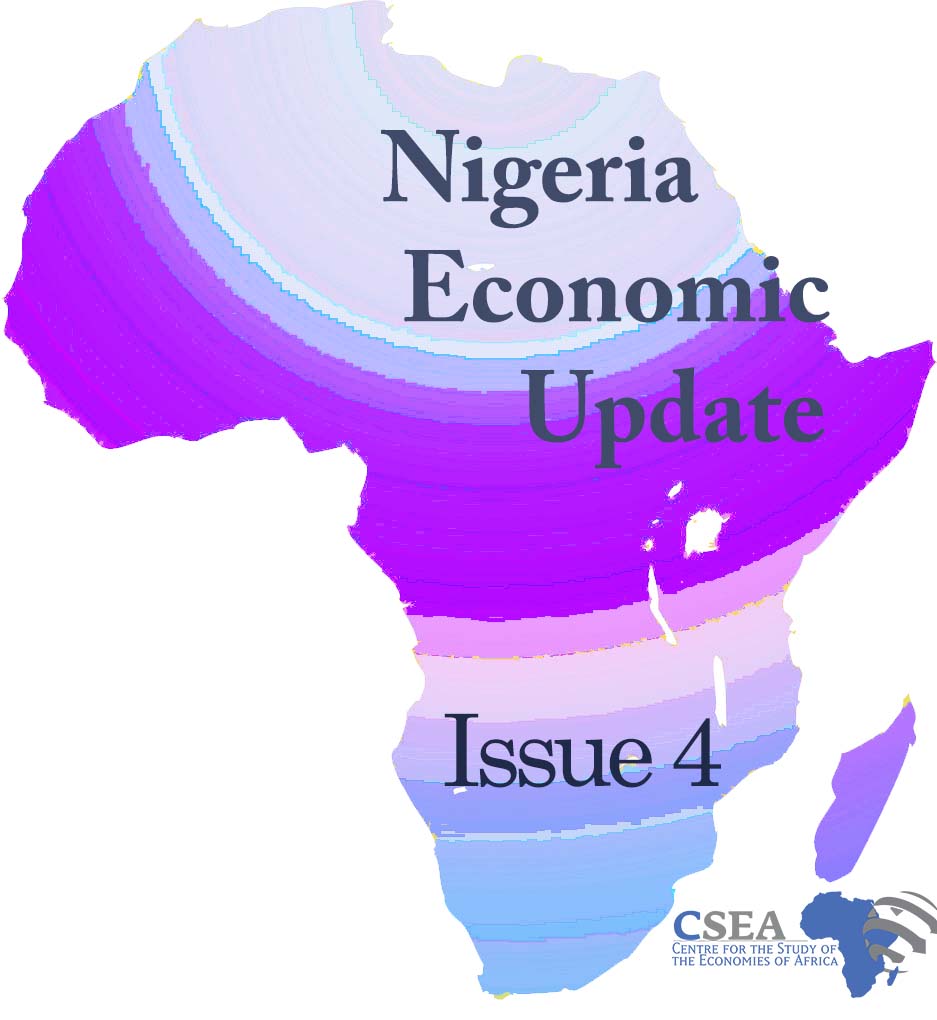The monetary policy committee provided policy parameters at the first meeting for the 2019 fiscal year, held on 21st and 22nd January, 20191. As presumed, all parameters were left unchanged at their current levels: MPR at 14 percent, CRR at 22.5 percent, liquidity ratio at 30 percent, and asymmetric corridor of +200/-500 basis points around the MPR. This is the 14th consecutive time the MPC will retain all parameters, and the apex bank is justifying its stance by insisting that the economy has remained on a noteworthy track based on prevailing positive macroeconomic performances2. The committee’s optimistic outlook is likely hinged on, among other laudable achievements, the acclaimed return of foreign investors’ confidence and convergence of the foreign exchange market – the CBN has relentlessly upheld the value of the Naira despite perceptions of election risks on exchange rates. In the coming months, changes in monetary policy parameters will, however, depend on the macroeconomic performance after the elections as well as the objective to hit the CBN’s inflation target of 6 to 9 percent.
Macroeconomic Report & Economic Updates

February 12, 2019
Nigeria Economic Update (Issue 4)
The monetary policy committee provided policy parameters at the first meeting for the 2019 fiscal year, held on 21st and 22nd January, 20191. As presumed, all parameters were left unchanged at their current levels: MPR at 14 percent, CRR at 22.5 percent, liquidity ratio at 30 percent, and asymmetric corridor of +200/-500 basis points around […]
Read →
Related
Nigeria Economic Update (Issue 23)
Recently released report by the NBS shows an increase in Unemployment and Underemployment rates for 2016Q4 relative to preceding and corresponding quarters. The unemployment rate, at 14.2 percent, indicates a 3.8% points YoY4increase, and a 0.3% points QoQ increase with the number of unemployed people increasing by 351,051 persons. Similarly, underemployment rate grew (QoQ) by 1.3% points to 21%, representing about 17 million underemployed persons as at the quarter. The rise in unemployment/underemployment rate is attributable to the disproportionate rise in labour force vis--vis job creation, in addition to slow-down in economic/business activities during the quarter. Going forward, the government should make efforts to strengthen and expand Nigerias entrepreneurial infrastructure.
